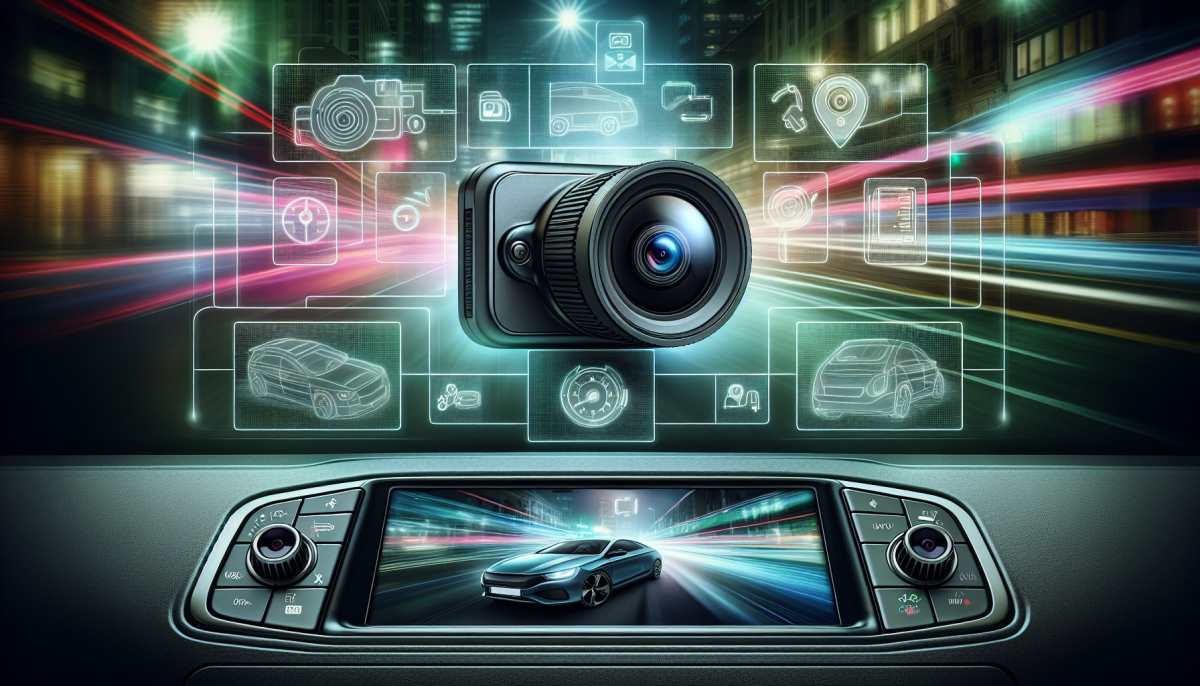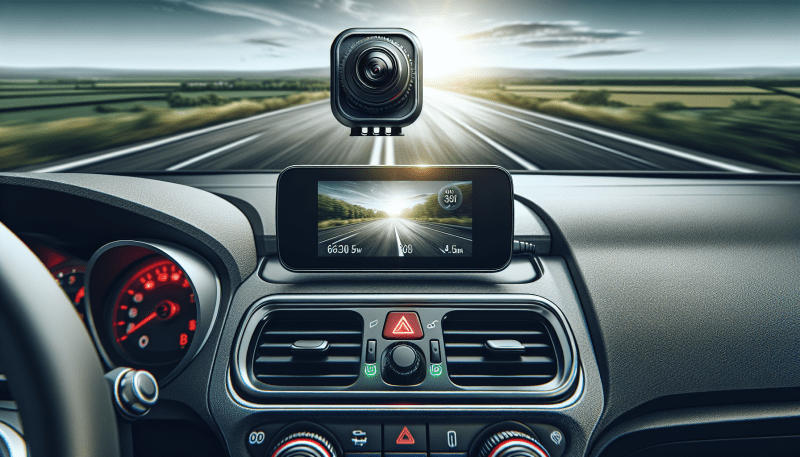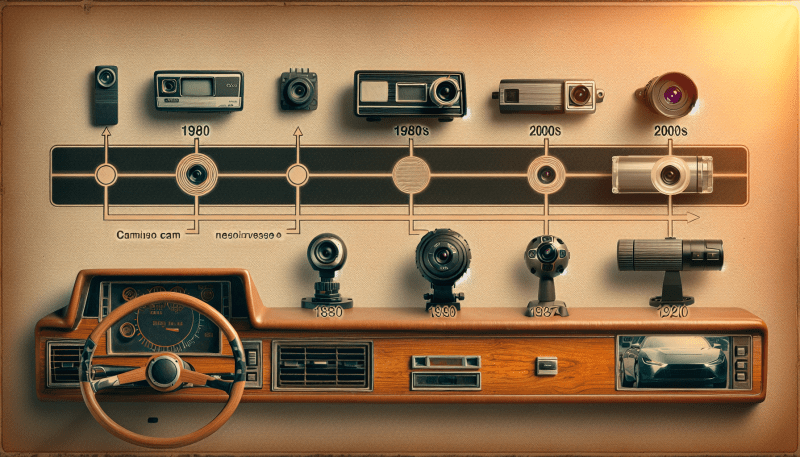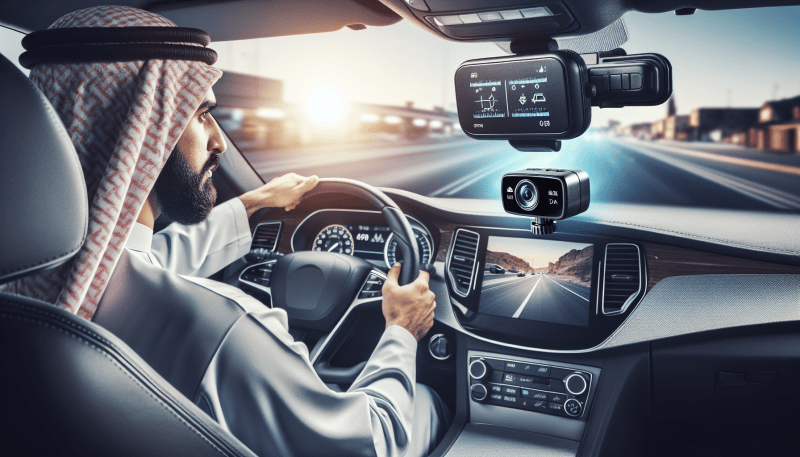Dash cameras have become an essential tool for many drivers, providing a range of benefits that enhance safety and convenience on the road. One of the primary advantages is the ability to capture video evidence in the event of an accident. This footage can be invaluable when it comes to determining fault, protecting against false claims, and even providing evidence for insurance companies.
Another significant benefit of dash cameras is their ability to act as a deterrent against reckless driving behavior. Knowing that a camera is recording can encourage safer driving practices among both the vehicle owner and other drivers on the road. This added layer of accountability can contribute to a safer driving environment overall.
Many modern dash cameras come equipped with features such as loop recording, which ensures that the camera continuously records by overwriting older footage. This means you won’t have to worry about running out of storage space, as the most recent events are always preserved. Additionally, features like GPS tracking and collision detection can provide further insights into driving patterns and contribute to better road safety.
Lastly, dash cameras can also capture unexpected events beyond accidents. Whether it’s an encounter with wildlife, vandalism, or even capturing beautiful scenery during a road trip, these devices can document memorable moments on the road, turning them into lasting memories. Overall, the convenience and safety provided by dash cameras make them a worthy investment for any driver.
Understanding Dash Camera Types
When diving into the world of dash cameras, understanding the various types available is crucial for choosing the right one for your needs. Dash cameras can generally be categorized into several types based on features, design, and functionality. Knowing these distinctions helps you make an informed decision while shopping.
The most common type of dash camera is the front-facing model. This camera is typically mounted on the windshield and captures the road ahead. It's perfect for recording incidents like accidents or unexpected road events. However, for those wanting a more comprehensive view of their surroundings, dual-channel dash cameras come into play. These cameras are equipped with both a front-facing and a rear-facing lens, providing complete coverage of both the front and rear of your vehicle.
Another popular option is the 360-degree dash camera. These devices use multiple lenses to capture a full panoramic view around the vehicle. This type can be particularly beneficial for taxis, rideshares, or anyone frequently concerned about their surroundings. Additionally, some dash cameras have built-in GPS features, allowing users to track their speed and location. This can be particularly useful in providing evidence during accidents or even in disputes regarding traffic incidents.
Lastly, there are specialized dash cameras that cater to specific needs. Some models are designed for fleet vehicles, offering features like live GPS tracking and driver behavior analysis. Others might be geared towards extreme conditions, such as high-performance sports cars or off-road vehicles, ensuring durability and reliability under tough circumstances. With various types of dash cameras available, there's certainly a model that fits every driver's unique requirements.
Important Features to Consider
Another essential feature to think about is the field of view. A wider field of view allows the camera to capture more of the surrounding environment, giving you a comprehensive view of what’s happening on the road. Many dash cameras offer a field of view between 130° to 170°, which is generally considered optimal for capturing everything from side collisions to traffic incidents.
Night vision capabilities are also important, especially for drivers who frequently travel after dark. Many modern dash cameras are equipped with advanced night vision technology that enhances the visibility of recorded footage in low-light conditions. This ensures that you can still capture crucial details, even in the dimmest of environments.
Additionally, consider the storage options available for the dash camera. Most cameras use microSD cards for recording, and having the capability to support larger storage capacities can make a significant difference. Some models come with loop recording features, allowing the camera to overwrite older footage automatically, ensuring you never run out of space during critical moments.
Tips for Choosing the Right Dash Cam
Choosing the right dash cam can be overwhelming, especially with so many options available on the market. To start, consider the resolution of the camera. A higher resolution means clearer footage, which is crucial in capturing important details like license plates or road signs. Look for cameras that offer at least 1080p full HD resolution for the best clarity.
Next, think about the field of view. A wider lens can capture more of the road, providing a better perspective of any incidents. A dash cam with at least a 120-degree field of view is generally a good choice. However, don’t go too wide, as you may end up with distorted images that make it hard to identify objects clearly.
Another essential feature to look for is night vision capability. Many accidents happen during low-light conditions, so having a dash cam that performs well at night can be invaluable. Look for products that utilize infrared technology or other advanced sensors to ensure you get usable footage regardless of the time of day.
Lastly, consider additional features such as GPS tracking, emergency recording, and cloud storage options. GPS can provide vital information about your location and speed at the time of an incident, while emergency recording can automatically save footage in case of a collision. Cloud storage allows you to keep your videos safe and accessible from anywhere, making it easier to retrieve important clips when needed.



